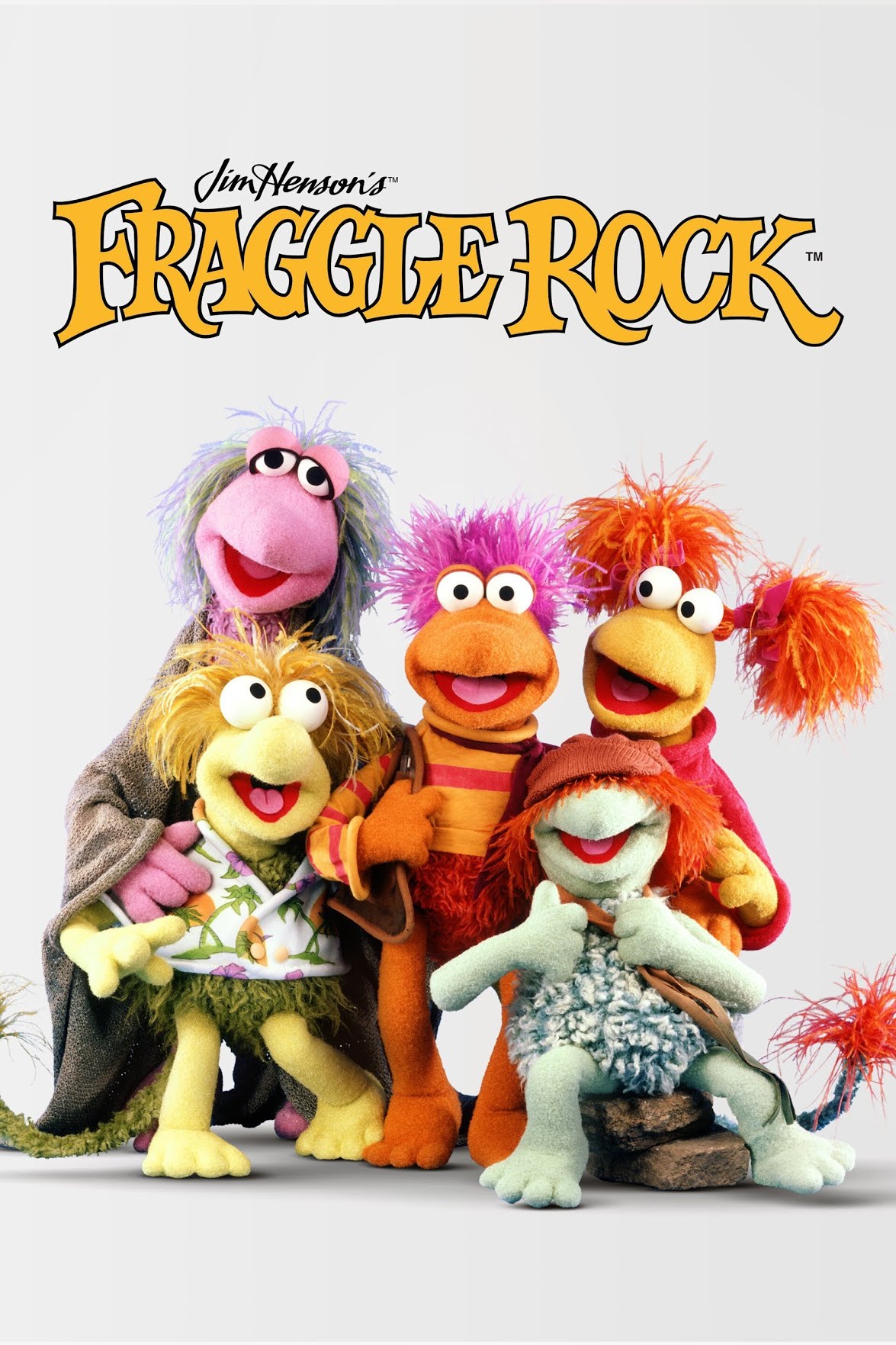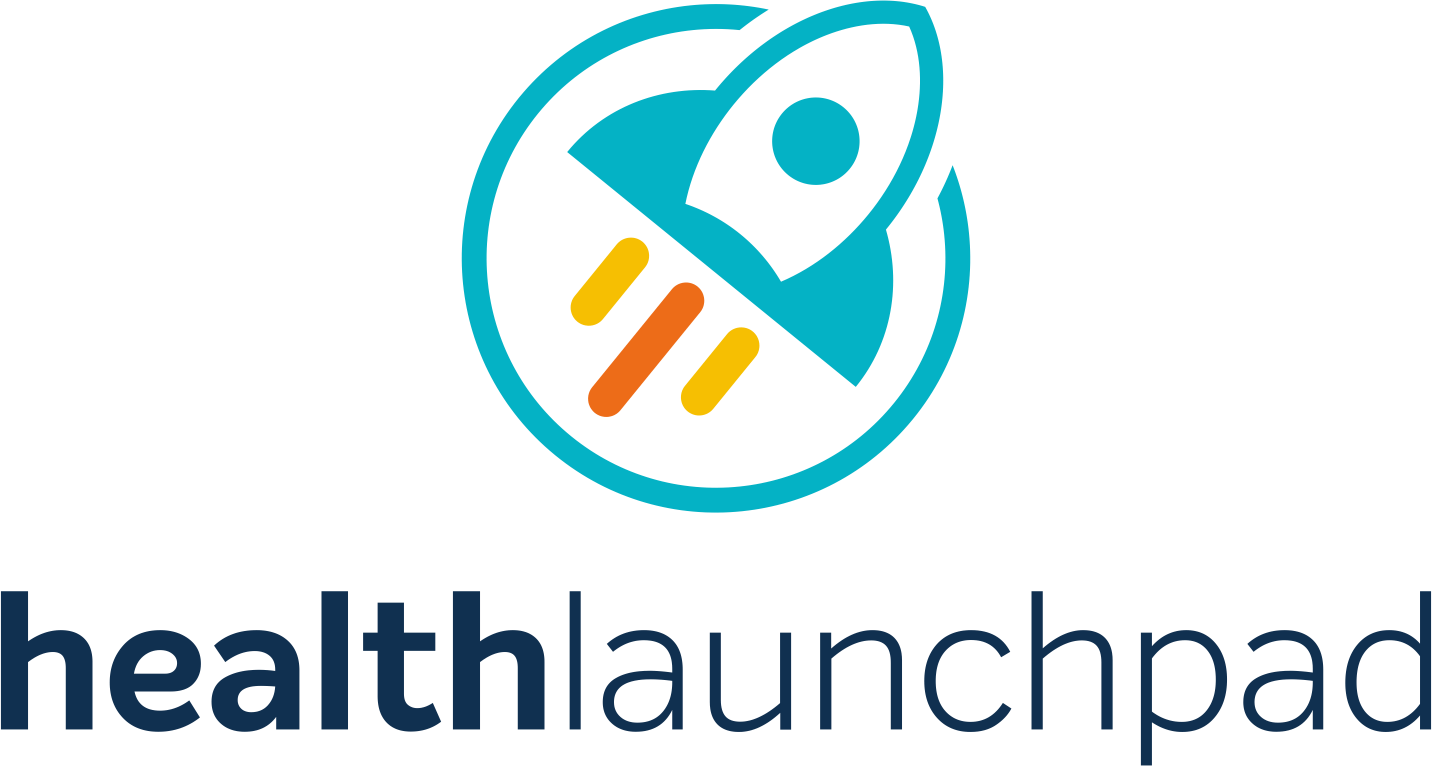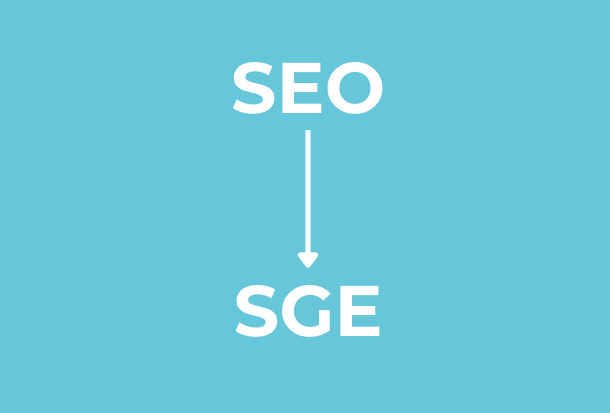In this post, I will dive into SGE. This is a subject that is both exciting and terrifying. What is AI’s impact on SEO, particularly the coming of Search-Generative Experience (SGE)? As healthcare technology marketers, we rely on search engine optimization (SEO) and content marketing to attract prospective buyers. Getting found online by healthcare decision-makers actively researching solutions is critical to filling the sales pipeline.
As a firm, we have written a great deal about AI, but this is the first time we have looked at the impact on SEO. The SEO and content marketing playbook could be rewritten if and when Google scales up Search Generative Experience (SGE). SGE uses advanced AI and natural language processing to understand queries and synthesize answers from multiple sources – a radically different paradigm than the “10 blue links” of traditional search.
As a healthcare technology marketer, it’s crucial to understand how SGE works, its potential impact on your website traffic, and how to adapt your strategies for this new search landscape. Here’s an in-depth look at SGE and its implications.
According to Michael King, a leading contributor to Search Engine Land in his much-lauded article on the topic :
“Search, as we know it, has been irrevocably changed by generative AI.”
What is Google’s Search Generative Experience?
Search Generative Experience is Google’s implementation of retrieval-augmented generation (RAG), an approach that combines the power of large language models (LLMs) with traditional information retrieval.
With SGE, when a user enters a query, Google’s system retrieves the most relevant content from its index. It then uses that content to fine-tune a response generated by its LLM. The output is an “AI snapshot” – a concise, natural language answer with links to the source material.
This is a major shift from the standard search results page focused on links. SGE aims to directly answer the user’s question by synthesizing information from multiple high-quality sources. Early data shows these AI snapshots appear for around 40% of queries.
How Search Generative Experience Changes User Behavior
 To understand the business impact of SGE, we need to consider how it will alter user behavior on Google. There are a few key factors:
To understand the business impact of SGE, we need to consider how it will alter user behavior on Google. There are a few key factors:
- Decrease in top-ranking CTR: The prominent AI snapshot will likely reduce click-through rates, especially for the top organic positions that usually capture the lion’s share of clicks. Users will satisfy their query with the snapshot without clicking through.
- Emergence of “fraggles“: Even when users do click links in the AI snapshot, they are often taken directly to the relevant passage on the page, not the top. These passage-based links, dubbed “fraggles,” mean traffic is more fractured.
- Longer, more natural queries: As users learn that Google can handle complex questions, they will likely shift to more natural language. Concise “keyword-ese” queries will decline.
- Personalized context windows: SGE keeps the context of a user’s queries, allowing them to ask follow-up questions. Results get personalized to the user’s unique search journey.
In essence, a significant portion of search activity will shift from clicking through to websites to engaging with the AI snapshots and drilling down via the “choose your own adventure” paths. This has important consequences for healthcare technology marketers.
“Effectively, searches become multidimensional, and the onus is on content creators to make their content fulfill multiple stages to remain in the consideration set.” Michael King
The Business Impact for Healthcare Technology Marketers
For organizations that rely on organic search to attract prospects, SGE presents some critical threats:
- Traffic loss: Based on early data, AI snapshots that directly answer the query appear around 40% of the time. When present, they will commandeer most of the above-the-fold real estate and clicks. Existing traffic from top-ranking keywords could decline by 30-40%.
- Decreased conversions: Traffic will be more fractured, coming from “fraggles” instead of main landing pages. Users who do click through will be further down the funnel, having already gotten key information from the AI snapshot. This will likely reduce conversion rates.
- Ranking volatility: It’s not yet clear what signals determine which passages are included in the AI snapshots. Domain authority may be less important compared to relevance and factual accuracy. Hard-won first page rankings may not translate into AI snapshot inclusion.
“In the dataset I’ve reviewed, Positions 1, 2, and 9 get cited the most in the AI snapshot’s carousel.” – Michael King
- Competitive disruption: Previously, gaining search visibility meant playing the long game of building site authority. Now, any page with the most relevant information for a query could be featured in the AI snapshot, leveling the playing field. New competitors could emerge and leapfrog established players.
“As users get used to these new elements, there is likely to be a significant shift in behavior as Google focuses on lowering the ‘Delphic costs‘ of Search. After all, users always wanted answers, not 10 blue links.” – Michael King
While daunting, these challenges are not insurmountable. Forward-thinking healthcare technology marketers can take proactive steps to succeed in this new paradigm. Here are some implications and action items:
10 Ways to Adapt Your Healthcare Technology Marketing for SGE
- Evaluate your SGE “threat level”: Use SEO tools to determine what percentage of your priority keywords generate AI snapshots. Assess how much website traffic is at risk and in need of defensive strategies. An SEO agency with SGE expertise can help with this analysis. “The AI snapshot most often uses six results out of the top 10 to build its response. However, 9.48% of the time, it does not use any of the top 10 results in the AI snapshot.” – Michael King
- Optimize for relevance and factual accuracy: Signals like domain authority may take a back seat to relevance and factual accuracy when it comes to AI snapshot inclusion. Ensure your content provides the most comprehensive, trustworthy answer for your targeted queries. Back up all claims with authoritative sources. “Within my 91,000 keyword set, the breakdown is 51.08% informational, 31.31% local, and 17.60% shopping.” – Michael King. This data suggests that informational content will be especially important to optimize for SGE. Focus on creating in-depth, factual content that directly answers searchers’ questions about healthcare technology topics.
- Structure your content in Q&A format: With the rise of natural language queries, structuring content to directly answer key questions will be crucial. Use headers to clearly state the question, with concise answers that could be featured in an AI snapshot. Question keywords in headers also help with old-school SEO.
- Implement passage-based optimization: Since Google will link to specific passages, not just pages, optimize each content “chunk” to stand on its own. Include target keywords, define key terms, and provide full context so the passage makes sense even if it’s the user’s entry point.
- Leverage multimedia content: Google has introduced SGE for video and images as well. Including relevant multimedia assets in your content, especially proprietary graphics or videos, increases your chances of being included in multimedia AI snapshots which are highly engaging.
- Adopt a “content hub” strategy: Create comprehensive resources on core topics relevant to your solutions, with multiple interlinked pages. This increases your surface area for inclusion as Google compiles AI snapshots. Hub pages signal your site as an authoritative source worthy of citation.
- Prioritize internal linking: With users entering your site via passages, not main pages, tight internal linking is more critical than ever. Ensure every page links to key conversion pages and high-value content. AI-powered site analysis tools can identify weaknesses in your internal link graph.
- Provide clear conversion paths: Visitors landing on passage-based links will be evaluating specific features and benefits. Provide clear next steps on every page to convert this “deep-funnel” traffic. CTAs could include demo requests, spec sheet downloads, or links to pricing and implementation details.
- Collaborate with industry influencers: Partnering with trusted medical experts and influencers to create or medically review your content can boost its credibility for AI snapshot inclusion. Incorporating expert quotes and citations makes your pages more authoritative and comprehensive.
- Test AI-generated content: While directly publishing AI-generated content is risky, you can use tools like ChatGPT to outline content, generate ideas, and create first drafts to be carefully fact-checked and edited. This can help you scale high-quality, comprehensive content more efficiently. Just be transparent about your use of AI.
When using AI tools to assist with content creation, be aware of their limitations. Choose models with higher token limits for greater context and nuance. But always have human editors review and refine the output.
The Future of SEO in Healthcare Technology Marketing
Looking ahead, healthcare technology marketers will need to master a new set of SEO skills. This includes optimizing for retrieval-augmented search, leveraging knowledge graphs and structured data, and collaborating with AI content tools while still meeting Google’s quality standards.
Some have dubbed this evolution “Generative Engine Optimization” or “Artificial Intelligence Optimization.” While the terminology will evolve, the core principles of SEO remain relevant: understand your audience’s needs, create the most helpful content to address those needs, and structure it to be easily found and understood by search engines.
As Google continues to invest in generative AI, new opportunities will emerge. Early adopters who embrace this shift will have a competitive advantage in attracting healthcare technology buyers.
One thing is clear: the old playbook of chasing rankings for short-tail keywords is no longer enough. Winning in this new era will require a holistic approach to SEO that includes optimizing for relevance, authority, multimedia, internal linking, and conversion-focused user journeys.
SEO has always been a rapidly evolving field, and the rise of generative AI is simply the latest frontier. By staying informed, testing new strategies, and always putting the user first, healthcare technology marketers can thrive in this exciting new search landscape.
“Ultimately, all these threats to Google are threats to your traffic from Google.” – Michael King
The key is to start preparing now. Audit your content, evaluate your SGE threat level, and begin implementing these best practices. The healthcare technology marketers who adapt quickest will be best positioned to capture search traffic and engage prospects in the age of AI-powered search.
“Just like most opportunities on the web, the people who embrace these opportunities earliest will see outsized returns.” – Michael King
So don’t wait for your competitors to figure out SGE – start optimizing today. By getting ahead of this shift and providing the most helpful, comprehensive content for your target audiences’ needs, you can future-proof your healthcare technology marketing and thrive in the era of generative search.

